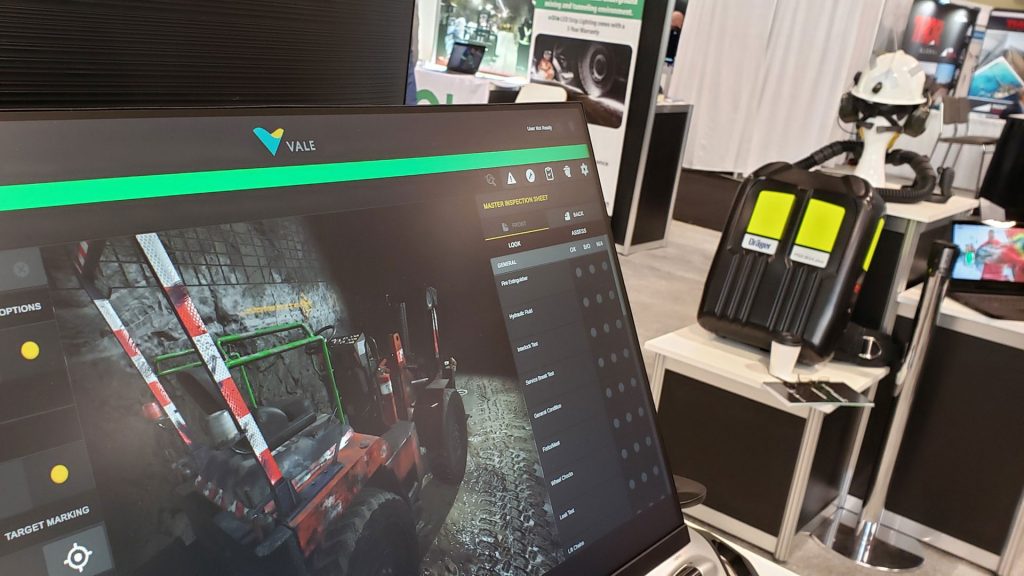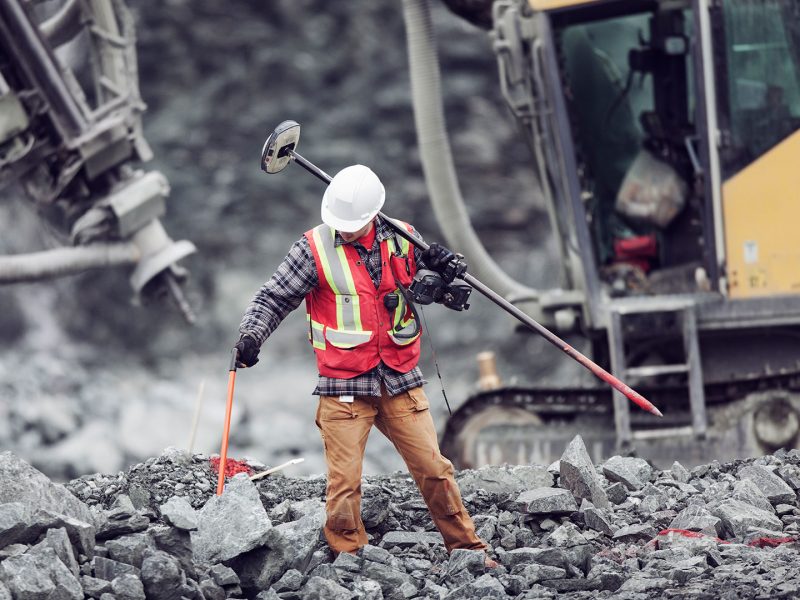Tech-enabled learning programs for the mining industry
The project
The Canadian mining industry is undergoing a profound transformation. An aging workforce, growing labour shortages, continued development in rural/isolated and Indigenous communities and innovative technologies are driving the need for a new kind of training.
This project addresses the shortage of skilled labour in the Canadian mining industry and the need to engage and train the next generation, with a focus on opportunities and career pathways for youth, women, rural and Indigenous peoples. Led by NORCAT, it is the first of its kind in the world.
The Future Skills Centre is investing $1.86 million to expand this project’s reach following a successful investment of $1.3 million in the first phase. The project has gathered meaningful insights and feedback from students and teachers that validates blended learning. It combines e-learning, virtual reality (VR) and simulations on mining equipment with in-field, hands-on competency evaluation in a unique new way.

Training content
The key technology and equipment transforming Canada’s mining industry includes mechanized bolters, jumbo drills, and load-haul-dump machines. NORCAT has trained hundreds of workers on this equipment through simulation technology, VR learning, and hands-on learning at its unique operating mine. This integrated approach could transform how skilled labour industries deploy training and development programs and help fill the skills gap in Canadian and global mining industries.
Early results
The first phase of the project produced exceptional recruitment of participants from target groups, with 37% identifying as Indigenous peoples, 23% women and 63% youth (under 30).
Next phase
The new phase will add another 125 students from target populations, nearly doubling the number of participants. It will also build a new, scalable VR and AR (augmented reality) training experience to give trainees effective VR and AR fire extinguisher safety training. The project will also produce a comparative assessment of VR versus AR training to achieve learning objectives.
Evaluation Strategy
This project will be evaluated using tools and approaches aligned with its goals, context, and stage of development. The evaluation will focus on generating the right evidence at the right moment to move the intervention forward. Read more about our evaluation strategy.

Featured Projects
Microlearning in the Mining Industry
Career Advancement for Immigrant Professionals 2.0




